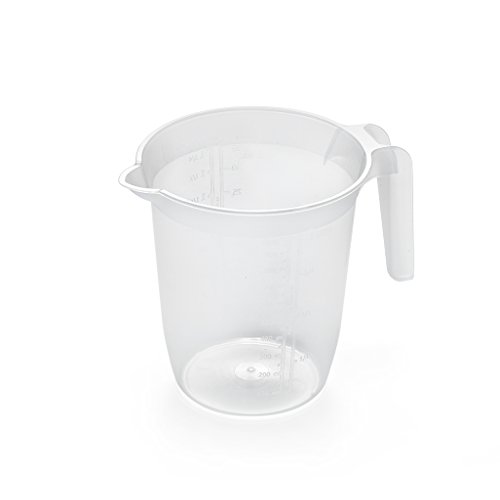The shape of a traditional ceramic jug explained
Ceramic jugs are one of the oldest forms of storage containers used throughout history for storing liquids. The shape of a traditional ceramic jug has evolved over time, to meet the specific needs of different cultures and also to accommodate different production techniques. However, there are still certain features common to all traditional ceramic jugs, and in this article, we will take a look at some of them in detail.
The history of traditional ceramic jugs
Ceramic jugs have been used for storing liquids for centuries. In ancient Egypt, they were used to store water, beer, and wine. During the Middle Ages, ceramic jugs were used for storing beer and other liquids, while in China, they were used for storing tea. In the 16th century, the Dutch began exporting ceramic jugs, becoming the largest exporter of ceramic products to Europe.
What are the common features of a traditional ceramic jug?
The shape of a traditional ceramic jug varies and depends on the type of liquid it is intended to store. However, some common features are a narrow opening, a round body, a wide base, and a handle. The narrow opening allows for easy pouring, while the round body allows for maximum storage with minimal weight and can also help with proper balance. The wide base ensures that the jug remains stable on any surface, while the handle helps with proper grip during lifting and pouring.
The different shapes of traditional ceramic jugs
The shape of a traditional ceramic jug varies across cultures and also depends on the intended use. In Egypt, for example, jugs were long and elegant, with a tapered neck and rounded body. In China, jugs were tall, narrow, and had a small opening, while in Europe, jugs were round with a handle and a spout. The different shapes of ceramic jugs can also be attributed to the different techniques used in their production, such as hand-building or wheel-throwing.
The shape of a traditional ceramic jug has been shaped over centuries of use and production. Although the basic features remain the same, the different cultures and production techniques have given rise to many variations. Ceramic jugs are still widely used today, not only for their practical purposes but also for their beauty and design.






